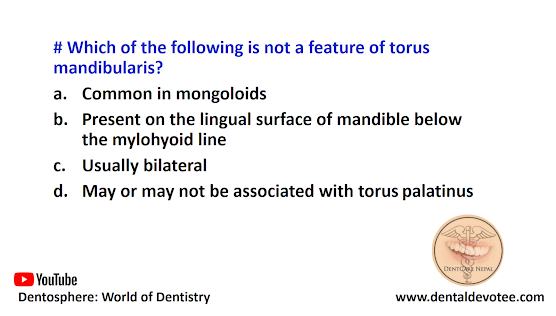# During a Le fort I maxillary osteotomy, the tooth most likely to be injured by a low osteotomy line is the:
A. Central incisor
B. Cuspid
C. First bicuspid
D. Lateral incisor
The correct answer is B. Cuspid.
The cuspids, or canine teeth, have the longest roots in both the maxilla and mandible. The average length of a cuspid tooth from the tip of the root to the tip of the crown is 27 mm. It is vital to know the length and position of the dental roots to avoid injuring the apices of the cuspid teeth during Le Fort I osteotomy and placement of internal fixation (interosseous miniplates or microplates and screws). The dentition may also be injured during stabilization of maxillary or mandibular fractures. The bicuspid, central and lateral incisor, and molar teeth all have roots that are shorter than the roots of the cuspid teeth; the average length of a molar tooth from the tip of the root to the tip of the crown, for example, is 24 mm. Consequently, these teeth are much less likely to be injured during LeFort I osteotomy.







